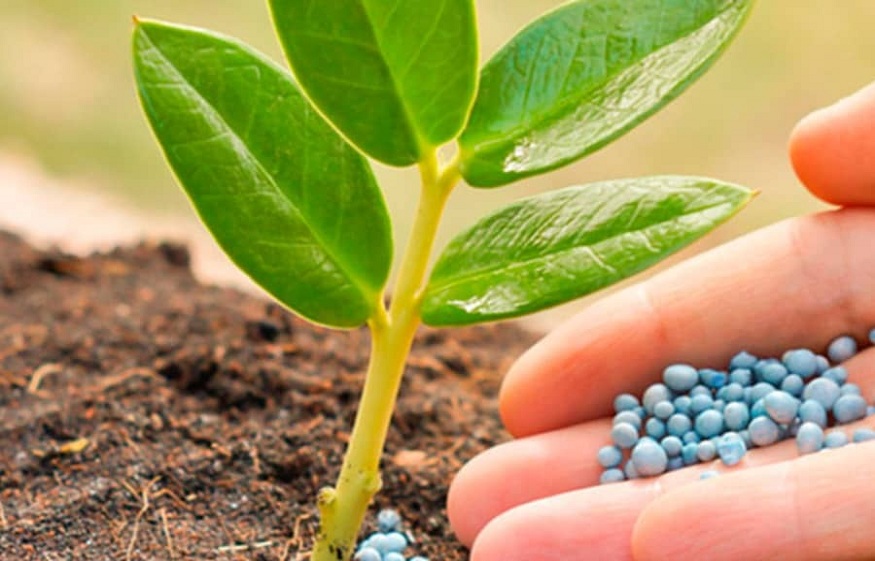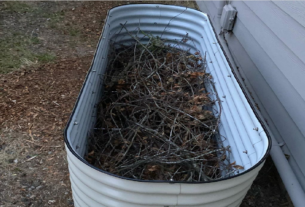Have you wondered why national and international organizations are now focusing on increasing the productivity of the farm? The world’s human population will reach about 9 million in just the next 30 years, which has made food production the biggest challenge for the agriculture sector. The scientists and researchers are developing ways to increase farm productivity by using the least possible resources.
In the meantime, a rapid progression in the infertile land, soil pollution and other related events are making the agriculture production processes more complicated. That is the reason farmers across the country are opting soilless production techniques such as hydroponics.
Hydroponic reduces water consumption in crop production by more than 80 %. For instance, in hydroponics, a spinach plant consumes only 8.3 litres of water per kg, and if it is grown in soil, it requires over 106 litres of water. The plants grow much faster and healthy in a hydroponic system. This approach is also more environmentally friendly and a big step towards food sustainability.
What is a hydroponic solution?
Soil is the source of nutrients and water for the plants grown on it. In hydroponics, the plants grow without soil, then where did they get the nutrients essential for their growth? The hydroponic system has something different; the plants get their nutrients from a hydroponic solution which also called a hydroponic nutrient solution. It is the only source of nutrients for the plants, and that is why its composition should always be specific to a plant.
Macro and Micronutrients in Hydroponic Solution
Now, what are macro and micronutrients in hydroponic solution? As the name suggests, the nutrients that are required by a plant divided into two groups: Macronutrients that a plant needs in large amount and micronutrients are the group of those nutrients that are essential for the plant but in small quantities.
Macronutrients that a plant requires are phosphorus, hydrogen, oxygen, potassium, magnesium, calcium, and sulfur. Group of micronutrients include copper, boron, zinc, iron, nickel, manganese, boron, chlorine, and molybdenum.
Hydroponic Solutions for Soilless Production
Hydroponic solutions have made soilless production of crop possible, not only plant grows well in soilless condition but also has better taste, texture, and quality. Farmers are also able to improve the nutritional quality of crops in hydroponic by using a balanced hydroponic solution for their growth and development.
The process of crop production in a hydroponic system done in a limited and well-controlled environment, which makes them incomparable in terms of quality with soil-grown crops. With real-time monitoring by the help of sensors, growers can control the composition of a hydroponic solution to get the best possible yield.
Management of Nutrient Availability in the Hydroponic Solution
When you are growing plants in a hydroponic system, it is fundamental to ensure that all the essential nutrients are available in adequate concentrations for plant uptake. There are several factors which can alter the nutrient availability for plants. We will discuss the two most common factors that affect the efficiency of nutrient uptake by the plants.
The first crucial factor is the solution pH. Continuous checking of the pH value of a hydroponic solution is necessary for making changes prompt. Under alkaline pH, cations may form insoluble hydroxides which can affect the nutrient availability for the plants.
In the conditions when the pH value reaches above neutral value (7), nutrients such as zinc, copper, iron, nickel starts forming precipitates of insoluble hydroxides. For avoiding such situations, the pH of the hydroponic solution should be between 5.5 to 6.5. The nutrient absorption efficiency of plants is maximum in this range.
The second factor which affects nutrient availability is the temperature of the hydroponic solution. In a hydroponic system, plant roots suspend in the hydroponic solution, therefore changes in the solution’s temperature affect the physiological process of plant roots.
The elevated temperature of the hydroponic solution affects the concentration of the dissolved oxygen. Plant roots require oxygen for their growth and development. After many experiments, the scientists have concluded that the best temperature range of a hydroponic solution is between 18 °C to 26 °C. Under this range, the plants can readily absorb all the nutrients that are present in the hydroponic solution.
With the help of temperature and pH sensors, growers can readily check these values and make changes before it affects the growth of plants.



